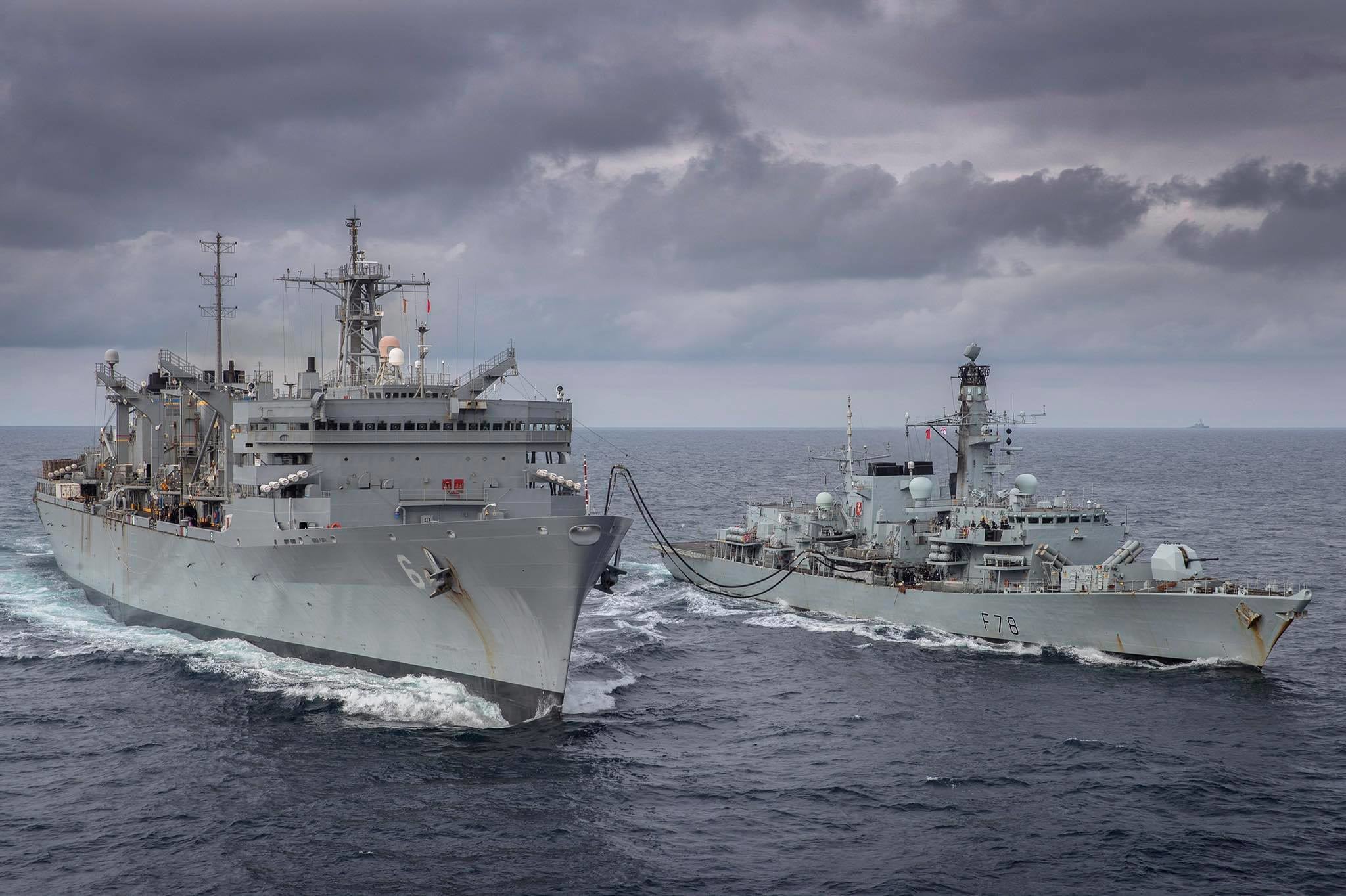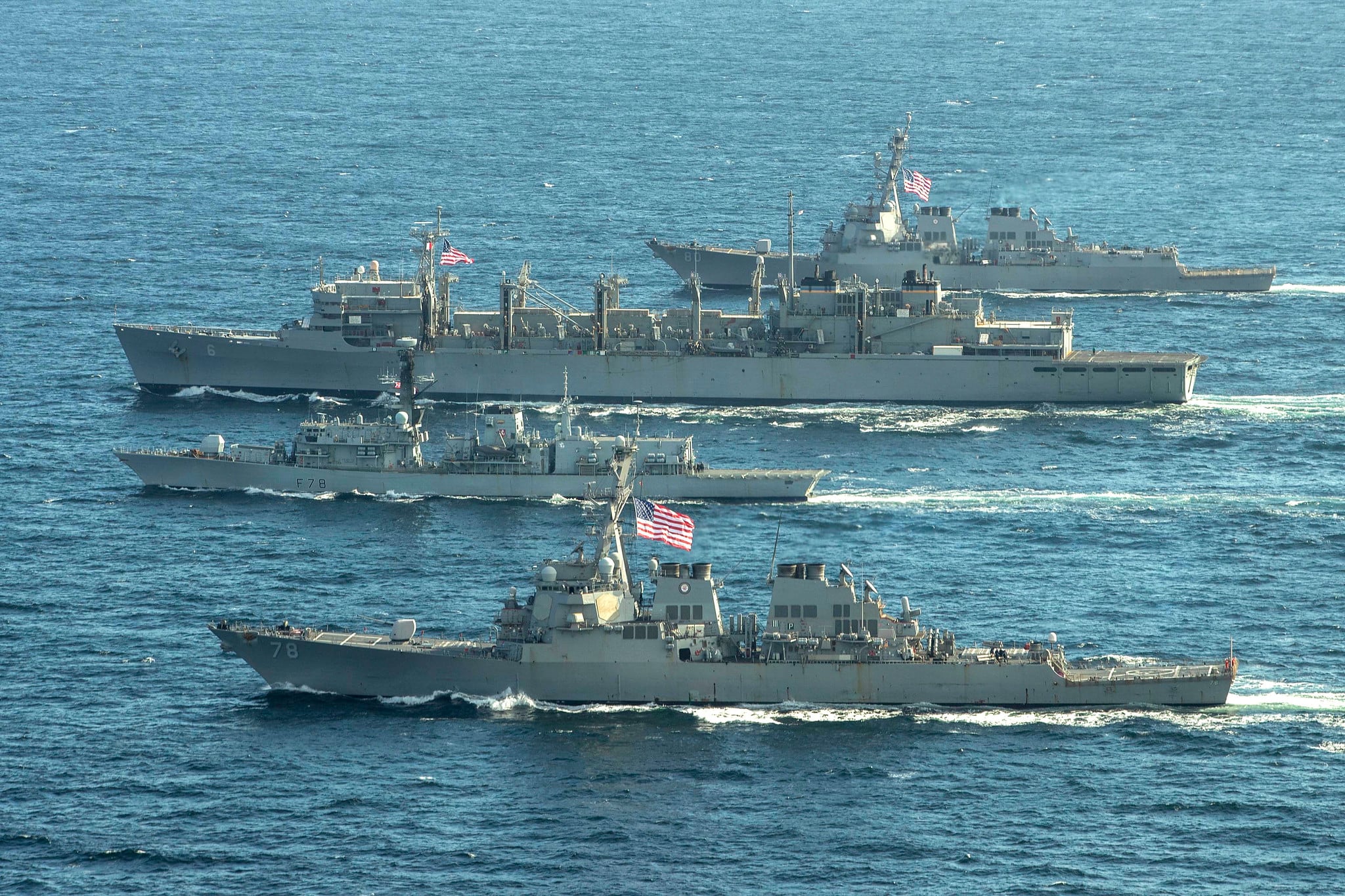In early July 2000, President Vladimir Putin and Russia’s naval brass paced nervously in front of ocean maps and war plans. An armada of unprecedented size had left port and was now headed toward the Barents Sea in preparation for the largest naval exercise since the end of the Cold War. Putin had been in office only a few months, and these war games represented more than just random tests of the latest technology and platforms. With the nation still suffering from a severe economic decline, success was paramount. Failure could tarnish Putin’s reputation and his ability to push agendas forward.
Thousands of miles away, the nuclear fast-attack submarines USS Memphis and USS Toledo sped toward the Russian armada amassing in the Barents. As America’s premier espionage platforms, the commanding officers on both subs had orders to inch in close to the Russian submarine Kursk and collect sonar acoustic and periscope photographic intelligence. The National Security Agency had determined that the Kursk was planning to test fire a new rocket torpedo called the Shkval. This new underwater weapon was reportedly four times faster than a U.S. MK 48 torpedo, and previous efforts to gain intel on its capabilities had failed.
On Aug. 12, 2000, the Kursk received orders from its command ship, the Peter the Great, to test fire the Shkval torpedo. Several thousand yards away, aboard the Toledo, Cmdr. James Nault studied the naval chart atop the quartermaster’s table in the control room. Nault knew the USS Memphis and HMS Splendid were also on station nearby, but the Toledo had been given the most important assignment: to capture critical intel on the Kursk’s firing of the new Shkval.
Sonar reported that the Kursk had just opened an outer torpedo tube door. Nault’s adrenaline surged. If the Russians were about to fire the Shkval, he wanted to be near enough to record every nuance of the event. At the risk of being heard, but motivated by scant time before the Kursk fired, Nault increased speed.
Sonar maintained a constant stream of reports from the shack. The tinted voice of a petty officer piped in every few seconds with bearing, range, and speed information. In the control room, Nault peered over the shoulder of a petty officer. A color monitor on a fire control system panel displayed the Toledo’s relative position to the Kursk, indicated by a small triangle inching its way toward the target. Nault had no intention of firing at the Oscar, but he knew there were digital recorders in the sonar shack that were collecting every noise the Russian submarine made. Still, he wasn’t quite close enough to grab the important launch sounds.
An agitated voice from the sonar shack reported a sudden course change by Master Two. The Kursk was now headed right at the Toledo. Nault had seconds to react. He could not order a deep dive as the ocean was too shallow. All he could do was order a slight downward angle and a hard-right turn to avoid the impending collision. The diving officer quickly relayed the order. The helmsman and planesman struggled to obey. Their hands gripped two half-circle steering wheels. One cranked to the right and the other pushed slightly downward. The boat angled toward the bottom. A coffee cup crashed to the deck.
Commander Nault ordered all-ahead full and a course change away from Master Two. Once at a safe distance, he decided to bring the boat to periscope depth to assess the situation. The Toledo angled upward. Seconds before it reached periscope depth, a muffled clap rocked the boat from side to side. Nault called sonar for an explanation. A petty officer reported an explosion from the direction of the Kursk, now less than 1,000 yards away.
Two minutes after the initial explosion, a sonarman in the shack heard the Kursk slam into the ocean floor. He clicked his comm to inform Nault, but before he could speak, he was forced to rip off his headphones.
An earsplitting explosion, hundreds of times louder than the first, shattered the silence in the control room. The Toledo rocked from side to side, like a bottle tossed about on a rough sea. Nault ordered a shallow dive and all-ahead full. As a trained submarine commander, he could not feel anything but shock and dismay. The strong smell of Navy coffee in the control room served as a morbid reminder that he was still alive, and the crew of the Kursk might not be.
Ten days later, British and Norwegian divers assisting Russian rescue forces confirmed that all 118 sailors aboard the Kursk had perished. To this day, submariners aboard the Toledo still have nightmares about the most terrifying incident in submarine naval history.
RELATED

The Barents Sea is one of the most dangerous ocean areas in the world. It spans 540,000 square miles and skirts the coastlines of Russia and Norway. During the Middle Ages, the Russians called it the Murman Sea, but the formal name came from Dutch navigator Willem Barentsz. From a geopolitical standpoint, the Barents is also one of the most strategic ocean areas as it borders Murmansk, which is one of Russia’s most important naval bases. In recent years, with Arctic ice melting at a rapid pace, the Northern Sea Route (NSR) has become easier to navigate. This important route runs from northern Europe, past Russia, and down past the Bering Strait near Alaska.
A decade ago, only a few dozen cargo ships traversed the NSR. Today, given less ice, thousands of ships carry tons of goods along the route as it’s 40 percent faster and less costly than other sea routes. Putin clearly understands the importance of this region, and has spent billions in recent years to fortify a dozen NSR naval bases, build more ice breakers and nuclear submarines to patrol the area, and has ordered the construction of a new type of warship, appropriately called the Ice-class. These 374-foot-long polar Corvettes are a cross between an ice breaker and a “back breaker” frigate armed with deck guns and missile launchers. They can break through 5 feet of ice or break an enemy combatant in half with cannon fire. The U.S. Navy has no answer against these opponents, and having taken their eye off the ball in the Arctic, can only bring a knife to a gunfight.

The Russian navy boasts over 40 ice breakers, some nuclear powered, while the U.S. only has one medium-duty Coast Guard breaker. Russia has dozens of submarines patrolling the Barents and other Arctic waters while the U.S. has a small handful. Only three Seawolf-class subs are capable of surfacing through thick ice. Recently, several government officials voiced concerns about this imbalance and called for a freedom of navigation operation (FONOP) to “show” Putin that he does not have uncontested control of the NSR or the Arctic.
In early May 2020, NATO forces were called upon to implement the FONOP. Three U.S. destroyers from the Sixth Fleet and one UK warship ventured into the Barents Sea. Under the waves, a few U.S. submarines escorted the ships. Russia responded by sending forces to monitor the exercise, which some military experts believe played into their hands by allowing them to test surveillance and warning systems. This FONOP represents the first potential confrontation between the superpowers since the Kursk incident 20 years ago. Back then, the clash resulted in the loss of 118 lives, but it also almost resulted in a conflict that could have escalated into a war.
In August 2000, Russian naval forces claimed to have recovered evidence of a collision between the USS Toledo and the Kursk, which they believed caused the initial torpedo explosion. When military and government officials on Putin’s staff clamored for a response, up to an including an all-out war, Putin met with President Bill Clinton in New York in September 2000. According to inside sources, including Clinton’s Russian affairs adviser, Mark Medish, the two presidents discussed the Kursk incident in detail. These sources concur that Putin and Clinton agreed to squelch the Russian collision claims to avoid a potential conflict. Putin later fired or demoted a dozen of the most vociferous officials who had been calling for retaliation.
The FONOP in the Barents Sea represents the first time in 40 years that NATO warships have stepped into Russia’s front yard. It’s also the first time in 20 years that U.S. spy subs have been given a mission of this importance in the region, with the potential to start a shooting war should anything go wrong. Hopefully history will not repeat, and no ships or submarines will be lost in this head to head challenge. More importantly, if another tragedy should occur, we can only hope that it will not escalate into World War III.
William Craig Reed is the New York Times bestselling author of the award-winning book RED NOVEMBER and the upcoming “Spies of the Deep: The Untold Truth About the Most Terrifying Incident in Submarine Naval History and How Putin Used The Tragedy To Ignite a New Cold War.” Reed is a former U.S. Navy submariner and diver and co-founder of Us4Warriors.org, an award-winning veteran’s non-profit.
Editor’s note: This is an Op-Ed and as such, the opinions expressed are those of the author. If you would like to respond, or have an editorial of your own you would like to submit, please contact Military Times managing editor Howard Altman, haltman@militarytimes.com.
